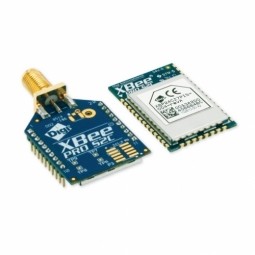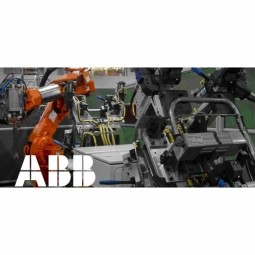Overview
 |
Inventory Management |
Applicable Industries
Applicable Functions
Case Studies
Market Size
|
Inventory Management Software Market size was estimated at over USD 2 billion in 2017, growing at a CAGR of over 6% from 2018 to 2024. Source: Global Market Insights |
Business Viewpoint
|
What are the benefits of an IoT-based approach on Inventory Management? IoT-based inventory management lays a solid foundation for both process and business improvements. The benefits it offers include: - Automation of inventory tracking and reporting: each item is tracked and the data about it is recorded to a big data warehouse automatically. - Constant visibility into the inventory items’ quantity, location, and movements - Inventory optimization: with the real-time data about the quantity and the location of the inventory items, manufacturers can lower the amount of inventory on hand while meeting the needs of the customers at the end of the supply chain. - Identifying bottlenecks in the operations: manufacturers can reveal bottlenecks in the manufacturing process and pinpoint machines with lower utilization rates. - Lead time optimization: By providing inventory managers with the data about the amount of available inventory and machine learning-driven demand forecasts, solutions based on IIoT allow manufacturers to reduce lead times.
|
Stakeholder Viewpoint
|
Supply Chain Managers: Supply chain managers prioritize inventory management to optimize supply chain performance, streamline logistics operations, and mitigate supply chain risks. They leverage inventory planning tools, demand forecasting models, and inventory optimization techniques to ensure timely procurement, efficient inventory replenishment, and seamless inventory flow across the supply chain network. Warehouse Managers: Warehouse managers focus on inventory accuracy, warehouse efficiency, and inventory visibility to streamline warehouse operations and improve inventory management practices. They implement inventory tracking systems, barcode scanning technologies, and warehouse management software to monitor inventory movements, track inventory locations, and prevent stockouts or overstocking situations. |
Technology Viewpoint
|
What technology does Inventory Management use? RFID What are the main features components in RFID systems? RFID systems feature three main components: RFID tags, RFID antennas and RFID readers. - An RFID tag has an ID carrying the information about a specific object. It can be attached to any physical surface, including raw materials, finished goods, packages, crates, pallets, etc. - An RFID antenna catches the waves from the reader to supply energy for tags’ operation and relays the radio signal from the tags to the readers. - An RFID reader, which can be either fixed or handheld, uses radio waves to write to and read from the tags.
|
Data Viewpoint
|
How data is obtained in the system? In an inventory management solution based on Industrial IoT and RFID, any individual inventory item that is to be tracked receives an RFID tag. Each tag has a unique identification number (ID) that contains encoded digital data about an inventory item, e.g. a model, a batch number, etc. Tags are scanned by RFID readers. Upon scanning, a reader extracts tags’ IDs and transmits them to the cloud for processing.
|
Deployment Challenges
|
What are the challenges and limitations? The use of RFID technologies can be limited by the following factors: - Since RFID tags can be attached to the items that are still in progress, manufacturers have to ensure that the tags do not influence the manufacturing process. - Although RFID readers can scan through most of the non-metallic materials, they still may have troubles scanning through liquid and metal. - The price of RFID readers can go to as much as $3,000 to $20,000 per item, installation and configuration included. Therefore, the cost of the products should be high enough for the tags and readers to pay off.
|





